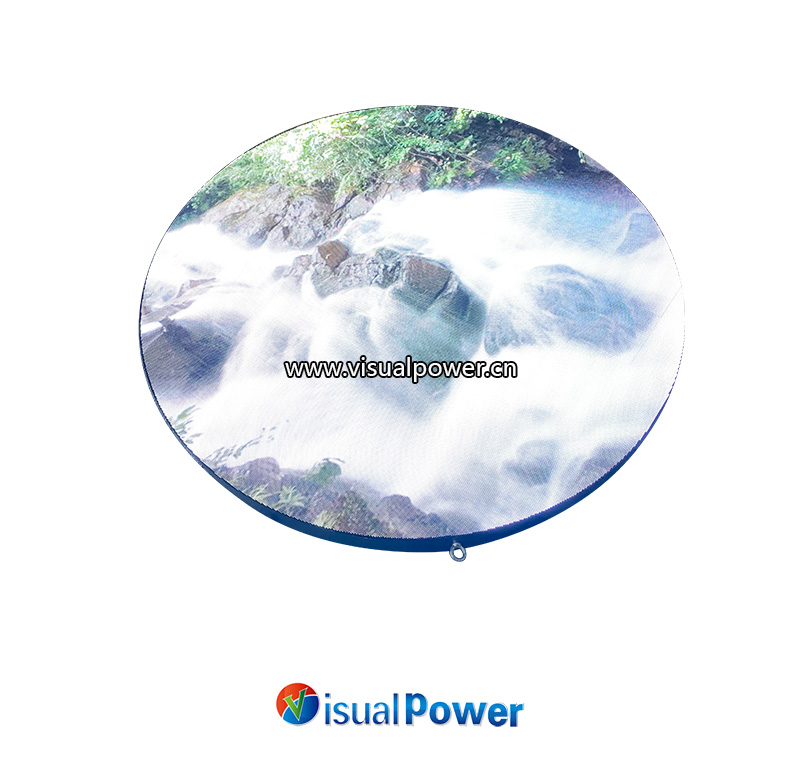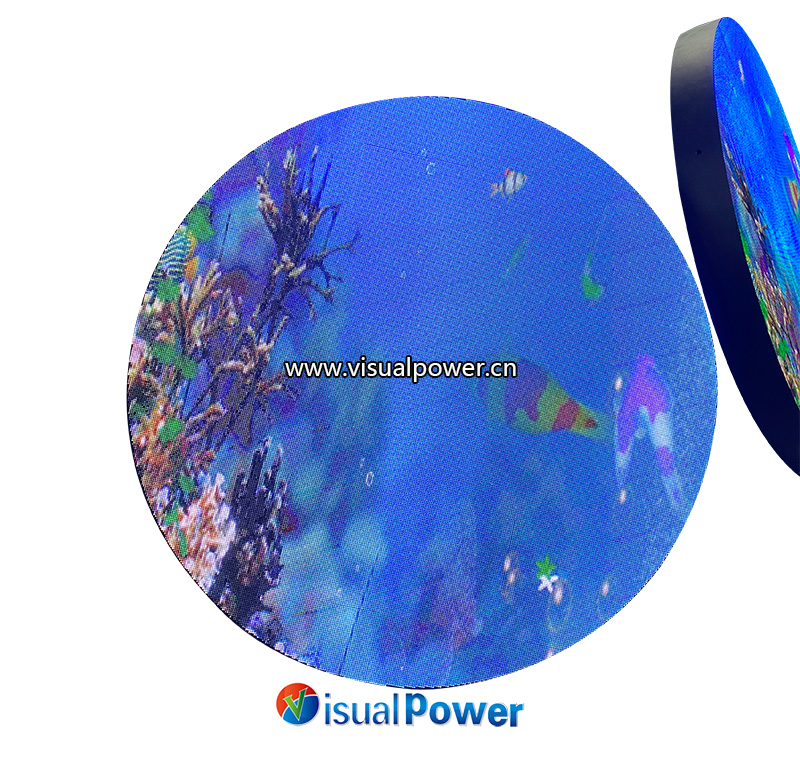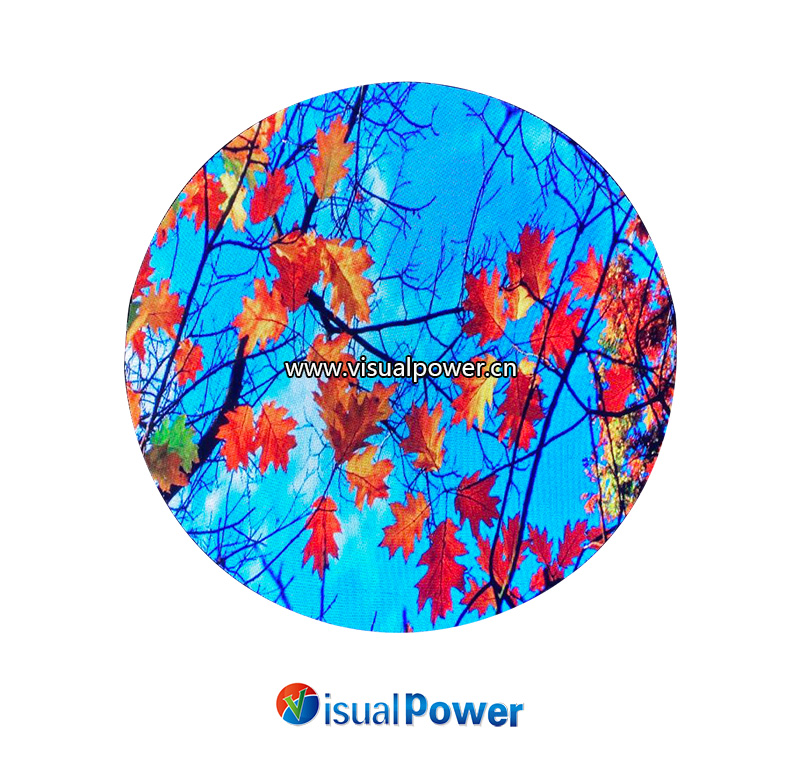Categories
- News (46)
- case study (6)
Just how stunning can a circular LED display screen be? I completely overturned the exhibition hall design with a single screen
I originally thought I had seen all types of LED display screens. Arc-shaped, column-shaped, and even spherical screens… None of them surprises me any more. But it wasn’t until one time when I personally installed a round LED display in a brand space project that I realized at that moment: Some visual experiences have to be “round”.
That wasn’t a big project and the budget was tight. The client just threw out one sentence: “I want people to stop as soon as they enter.” Just for this sentence alone, I revised the plan three times overnight. Finally, inspiration struck and I decided to try a circular LED display screen with a diameter of 1.2 meters.
Unexpectedly, the effect was astonishing.

Compared with traditional rectangular LED screens, the visual semantics of a circle is completely different. The circle symbolizes the center, the focus, a sense of unity and continuity.
Have you noticed that when we see a circular light box or sign, our brain automatically focuses its attention in the middle? This is exactly the reason why I chose the round LED display: It naturally has the ability of visual focusing. It doesn’t need animation special effects or sound effects to attract attention. It just hangs there quietly and automatically catches everyone’s eyes.
Moreover, in spatial design, circles can always break the stiffness brought by conventional lines, creating a natural sense of rhythm and fluidity, which is especially suitable for Spaces such as exhibitions, retail stores, science and technology museums, and airport passageways.
To be honest, the first time I used a circular LED screen, it wasn’t as smooth as I had expected. Because it is not a rectangle spliced together by standard modules, but a customized structure, many details need to be paid special attention to:
Support structure: The edge force of the round screen is different from that of the traditional screen. Additional reinforcing parts must be designed; otherwise, it is prone to slight deformation after installation.
Content adaptation: The cropping of the video during playback is more complicated than you might think. It’s not simply about “rounding up” the original video. You must design suitable visual materials from the source to ensure a natural transition on the screen.
Pixel density issue: The central area of a circular screen has the most concentrated line of sight, so it is necessary to ensure that the pixel density in the center is high enough; otherwise, the picture will appear “blurry” or “blurry”.
It took me a full two days to debug the content that time before the playback screen could present a smooth and natural visual effect in terms of curvature. And the customer walked in and just said, “This round one of yours is very high-end.” After hearing this, I felt like laughing and crying at the same time – all the hard work had finally been rewarded.

If you are also considering this form, then I suggest giving priority to these Spaces:
Art Exhibition Hall: The frameless circular design exudes a strong sense of futurity and technology, making it the perfect match for immersive Spaces.
Luxury stores: The brand logo or iconic elements combined with circular screens are powerful tools to enhance the brand image.
Museum interactive installations: The combination of interactive touch and circular screens can create a very strong sense of interactive ceremony.
Ceiling or floor embedded design: The floor embedded round screen is really stunning, especially when combined with the lighting system, it looks like a glowing energy well.
In my later projects, one client even used round LED display as the central decoration of the reception desk. When visitors come to register, the first sight of the welcoming message scrolling on the circular screen immediately enhances their impression of the brand.
Many people think that a screen with a different shape represents a sense of design, but that’s not entirely true. The circle is merely a carrier; what truly touches people is still the content. In particular, how visual content can interact with space and brand narrative is a systematic project.
I suggest that every time you use round LED display, you should reserve sufficient budget for original content. Even if it’s just a static Logo animation, please design it carefully. Because in a circle, each frame will be infinitely magnified.
I have a little tip of my own: when designing the content, I give priority to using the three forms of central rotation, ripple diffusion and radial transition. The effect is very good and can maximize the advantages of the circle.

In a temporary exhibition project, visualpower once adopted a combination of multiple irregular-shaped screens, including circular, hexagonal, and ring-shaped forms. Among them, the small circular screen turned out to be the “check-in spot” where visitors took the most photos. This makes me even more certain that the round LED display is not just an accessory of the design, but a true constituent element of the experience.